Security Sliding gates
0 out of 5
KSh150,000.00 KSh145,000.00
Sliding gates offer several advantages compared to other types of gates, such as swing gates or barrier arm gates. Here are some of the key advantages:
- Space Efficiency: Sliding gates slide horizontally along a track, requiring minimal space for operation. This makes them ideal for properties with limited driveway space or where a swing gate’s arc would encroach on pedestrian areas or neighboring properties.
- Security: Sliding gates provide a high level of security as they are typically made of sturdy materials such as steel or aluminum and are difficult to force open. Additionally, sliding gates can be fitted with various security features such as electronic locks, access control systems, and safety beams to prevent unauthorized access.
- Versatility: Sliding gates can be installed on various types of terrain, including uneven ground or slopes, making them suitable for a wide range of locations. They can also be designed to accommodate wide openings, making them ideal for entrances to large properties or commercial premises.
- Aesthetic Appeal: Sliding gates come in a variety of designs and materials, allowing property owners to choose an option that complements the aesthetics of their property. Whether it’s a sleek modern design or a more traditional look, sliding gates can enhance the curb appeal of a property.
- Convenience: Sliding gates can be automated with motors and sensors, allowing for easy operation with the push of a button or remote control. This convenience is particularly beneficial for homeowners who want to enter or exit their property without having to manually open and close a gate.
- Durability: Sliding gates are built to withstand harsh weather conditions and heavy use, making them a durable option for long-term security and access control.
Category: Gates
Tags: security gates, sliding gate
- Description
- Reviews (0)
Description
A sliding gate in kenya is a type of gate commonly used for driveways, entrances to properties, and industrial or commercial facilities. Unlike traditional swing gates that open inward or outward on hinges, sliding gates operate by sliding horizontally along a track or rail system. Here’s a breakdown of its components and how it operates:
- Gate Structure: The gate itself is usually a solid or ornamental panel made of metal (such as steel or aluminum) or wood. It can be a single panel or multiple panels linked together.
- Track or Rail System: A track or rail system is installed along the length of the opening where the gate will slide. The gate is equipped with wheels or rollers that move along this track, guiding its motion.
- Motor or Operator: Sliding gates are typically automated for convenience. A motor or operator unit is installed to drive the gate’s movement. This motor can be electrically powered and controlled by a remote, keypad, sensor, or other access control systems.
- Safety Features: Safety is a crucial aspect of sliding gate design. Sensors, such as photoelectric sensors or infrared sensors, can detect obstructions in the gate’s path and prevent it from closing or cause it to reverse its motion. Some gates also feature pressure sensors that stop the gate if it encounters resistance while closing.
- Access Control: Sliding gates often integrate with access control systems for security purposes. These can include keypads, card readers, intercom systems, or even smartphone apps for remote operation.
- Manual Override: In case of a power outage or malfunction, sliding gates usually have a manual override mechanism, allowing them to be opened or closed manually.
Advantages of sliding gates include efficient use of space (since they don’t swing inward or outward), suitability for properties with slopes or uneven terrain, and enhanced security when combined with automated access control systems. They can be customized in various designs and sizes to suit different aesthetic preferences and functional requirements.

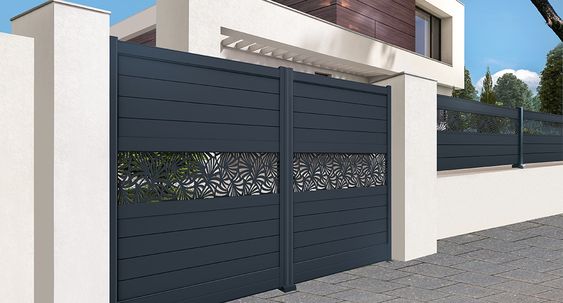
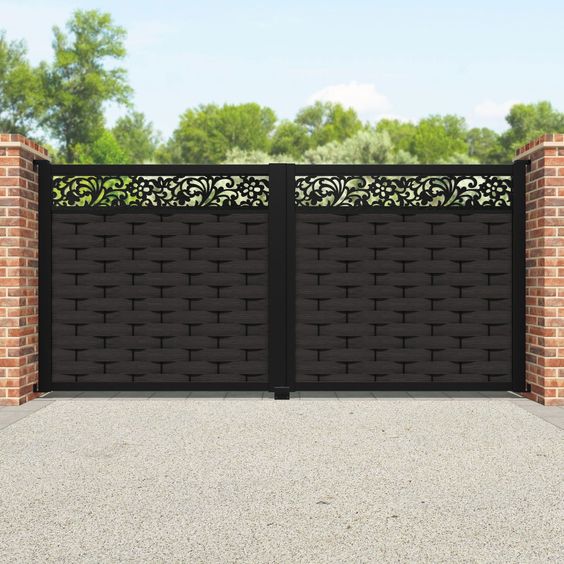
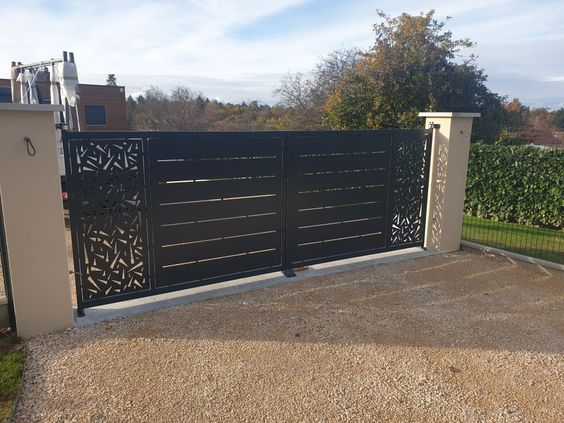
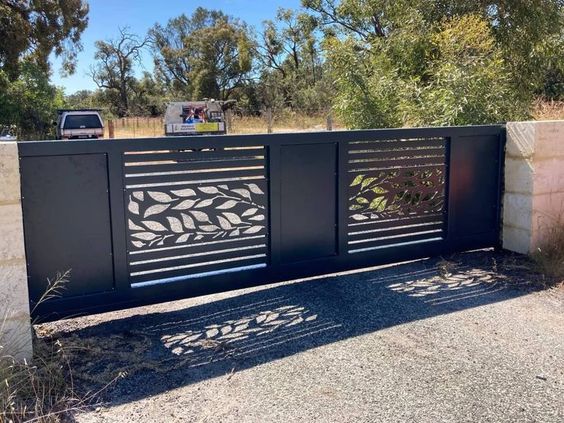
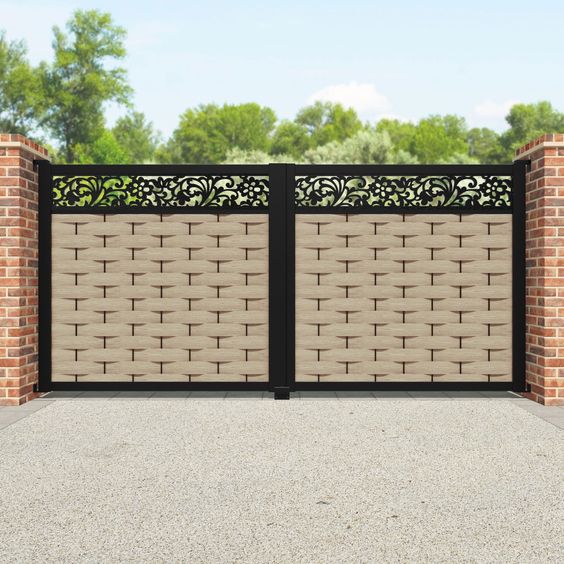
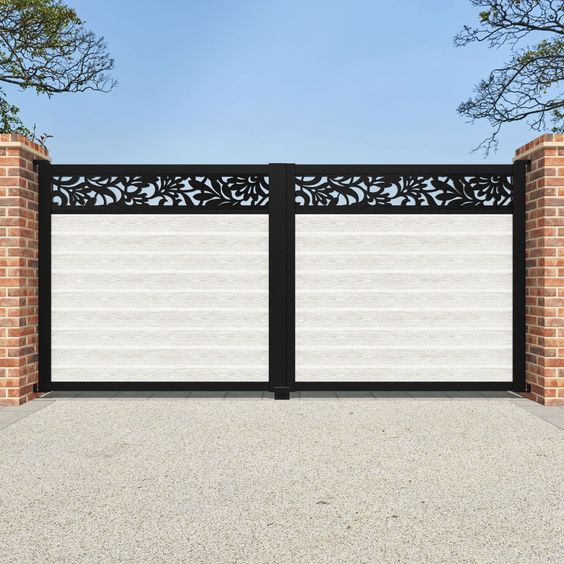
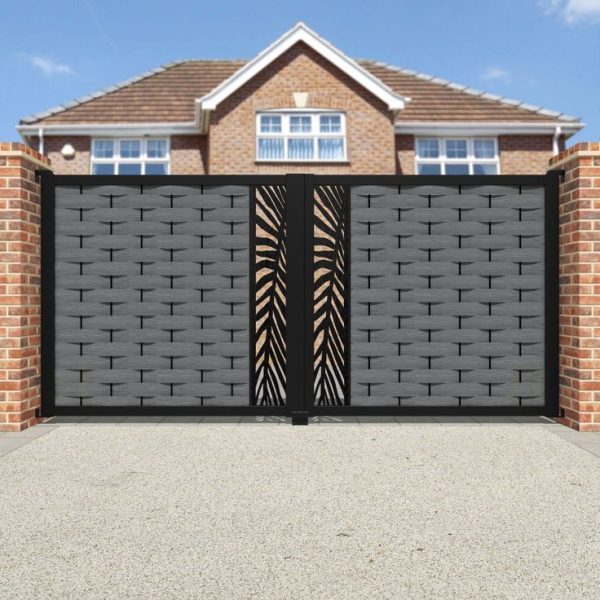
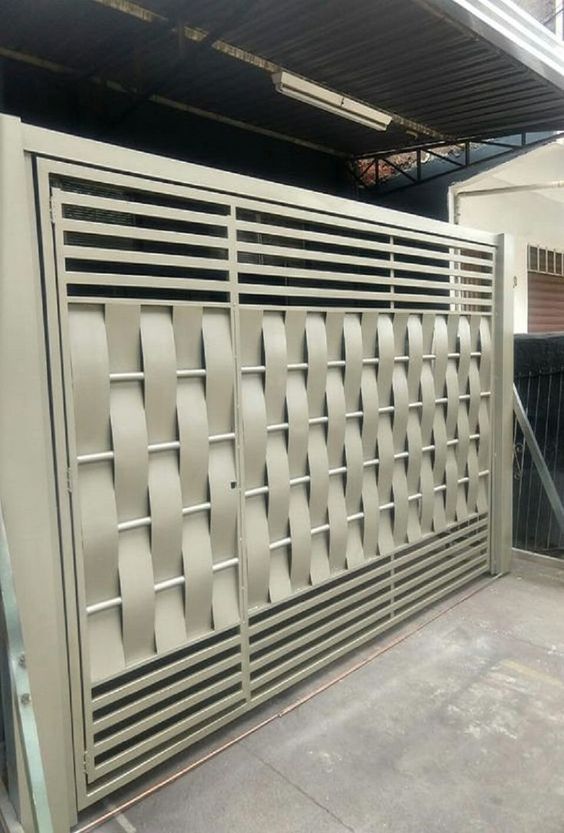
Reviews
There are no reviews yet.